Since you were young, there has been a major shift in how children spend their time. Children are spending half as much time outdoors as they did twenty years ago. In the past decade, research has shown that children who are disconnected from nature often have poor social, psychological, emotional, academic, and physical health.
“Teaching children about the natural world should be treated as one of the most important events in their lives.” –Thomas Berry
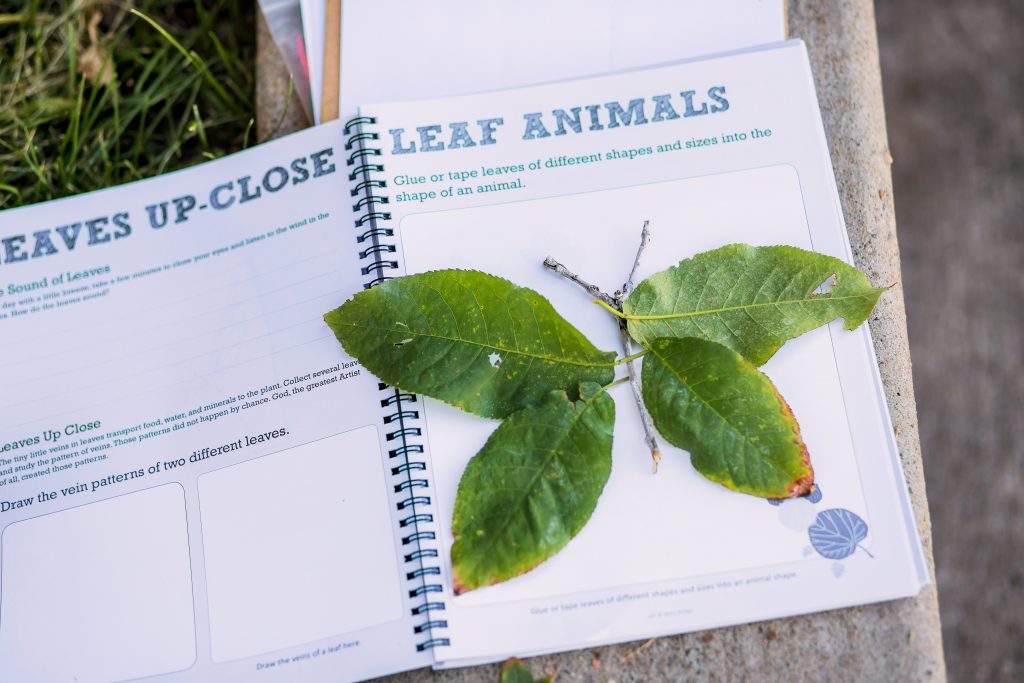
In a world where children are becoming increasingly disconnected from nature and more connected to screens, parents have the opportunity and the responsibility to make God’s creations become an important part of children’s lives. The good news is there’s something you can do about it, and that something is relatively easy and can be a whole lot of fun!
The Good and the Beautiful team has compiled a list of our favorite ways to bring nature into your homeschool. Connecting with the beauty of God’s creation, and with each other, brings joy and deeper meaning into your homeschool!
Recording Your Nature Experiences
1. Keep a nature journal. It can be a simple notebook, or you can use our beautiful Nature Notebook with guided activities for each season.
2. Take photos of discoveries you make in nature and keep them in your journal or display them in your home.
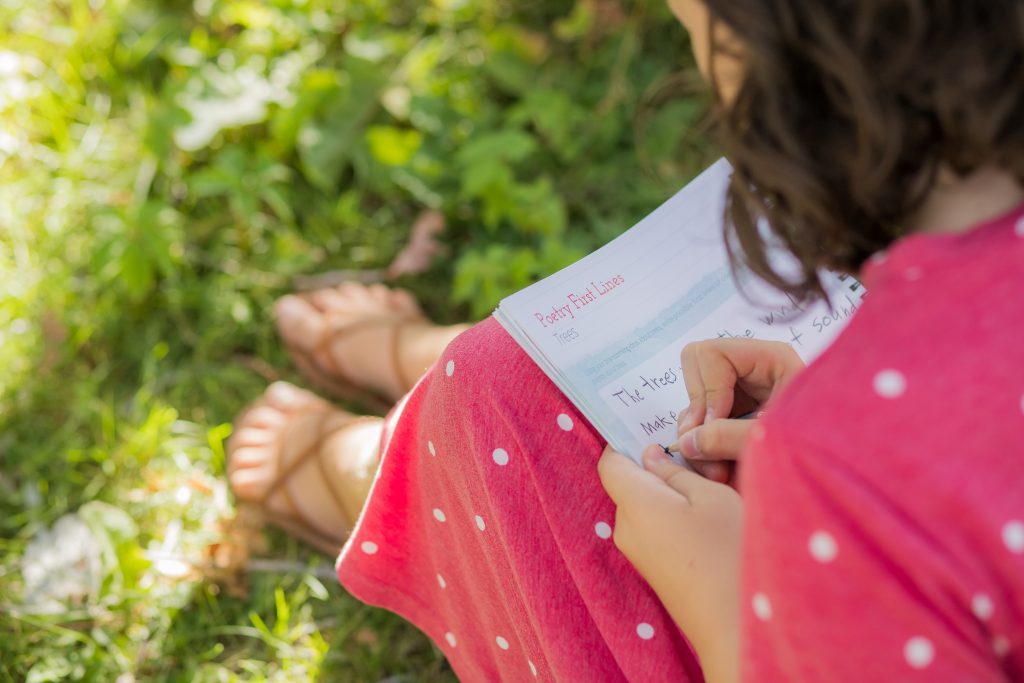
Bringing Nature Indoors
3. Listen to nature soundtracks while learning.
4. Keep indoor plants. Have your child choose a plant and create a regular schedule to photograph the plant and write notes about its growth. At the end of the school year, review all the photos and notes together to see how the plant changed.
5. Observe nature through art. Hang nature prints around your home, or have your children create art using elements from nature.
6. Create a nature shelf where you can keep and display the treasures you collect during nature outings.
7. Grow or purchase flowers and try flower arranging. Then share them with a friend or neighbor.
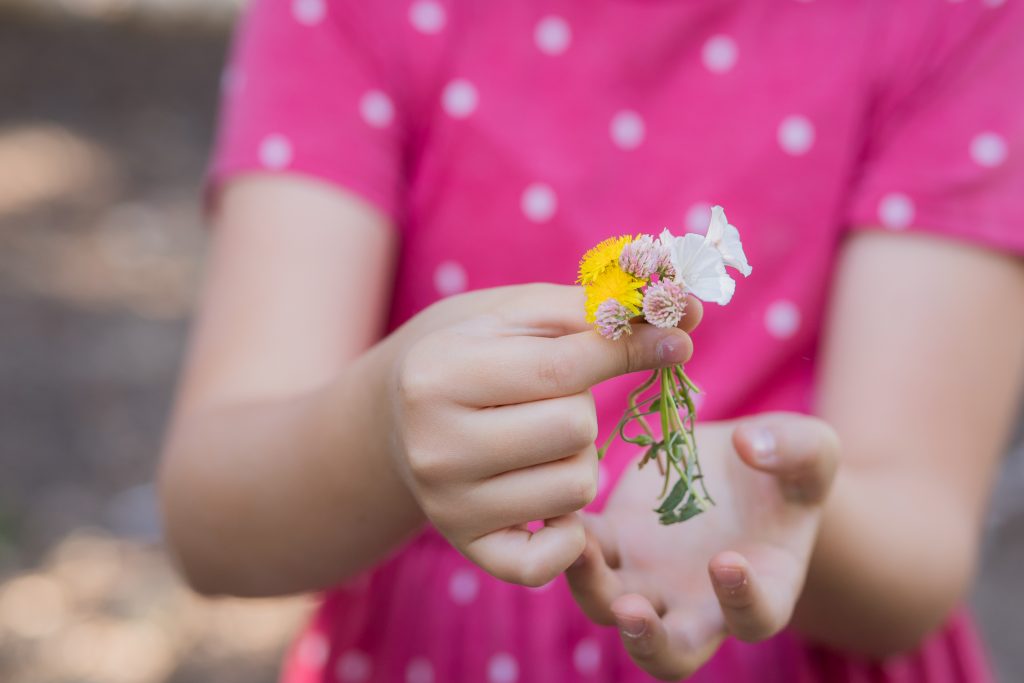
8. Research what produce is in season and plan a meal using those ingredients.
9. Grow fresh herbs on your windowsill. Learn about medicinal and food uses.
10. Collect a bucket of rocks and sort them using your own categories. Even landscaping rocks have a lot of variety when you look closely.
11. Use dry-erase markers to draw trees, flowers, mountains, or the ocean on your windows. Change your nature scenery every week.
12. Try sprouting different varieties of seeds in a moist paper towel to see how they germinate and grow.
Encouraging Backyard Adventures
13. Plant and maintain a garden. Give each child his or her own section. He or she chooses which plants to grow and is responsible for keeping them watered and weeded. Even a porch or deck is big enough for a container garden.
14. Use things from your yard that are edible. Show children why it’s great to grow your own food.
15. Camp in your backyard. If it’s safe in your area, build a campfire, roast marshmallows, and observe the night sky. Tell stories, listen to crickets or other nature sounds, and notice the changes that take place from day to night: color, temperature, sounds, and more.
16. Learn seasonal constellations and help your children learn how to find them. The free Skyview Lite app can help you identify what you see in the night sky. Simply point your device at the sky to identify stars, constellations, planets, and satellites. Visit our Make Your Own Constellations blog.
17. Teach your kids different ways to cook outside (great for camping and emergencies).
18. Create bird feeders out of pine cones, peanut butter, and birdseed to draw in birds for close-up observation. You can find instructions in our Creative Arts & Crafts Notebook.
19. Build a backyard weather station and keep a weather journal to track how the weather changes in your area. Our Weather and Water unit includes great information on tracking weather patterns as well as printable pages for recording daily weather.
20. Catch rain in a glass cup and study it.
21. Spot fun shapes in the clouds as you identify their types.
22. Make a sundial and test it out at different times of the year.
23. Take your lessons outside. Use natural materials like acorns, rocks, leaves, or sticks for basic math problems.
24. Picnic outside often.
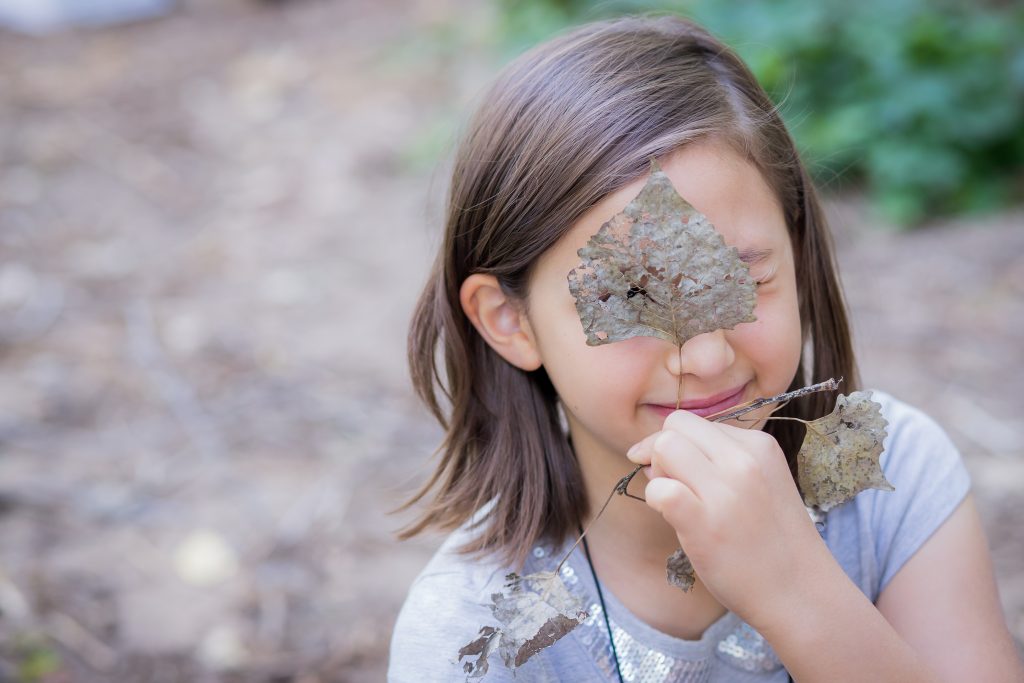
Exploring Nature in Your Community
25. Start a neighborhood nature club that meets regularly for walks and nature study.
26. Volunteer to participate in local park cleanups and trash removal.
27. Follow groups like NASA, your state’s extension service, a local conservation garden, or other places that are involved in nature. They will give you great information—such as when meteor showers will occur, when certain flowers are in bloom, how to prune your trees, etc.
28. Visit a local farm to learn where your food comes from: dairy, meat, vegetables, fruits, and grains.
29. Go to public parks, beaches, streams, or fields with no playground equipment. Invite friends! Bring minimal gear—a notebook, buckets, shovels, etc.
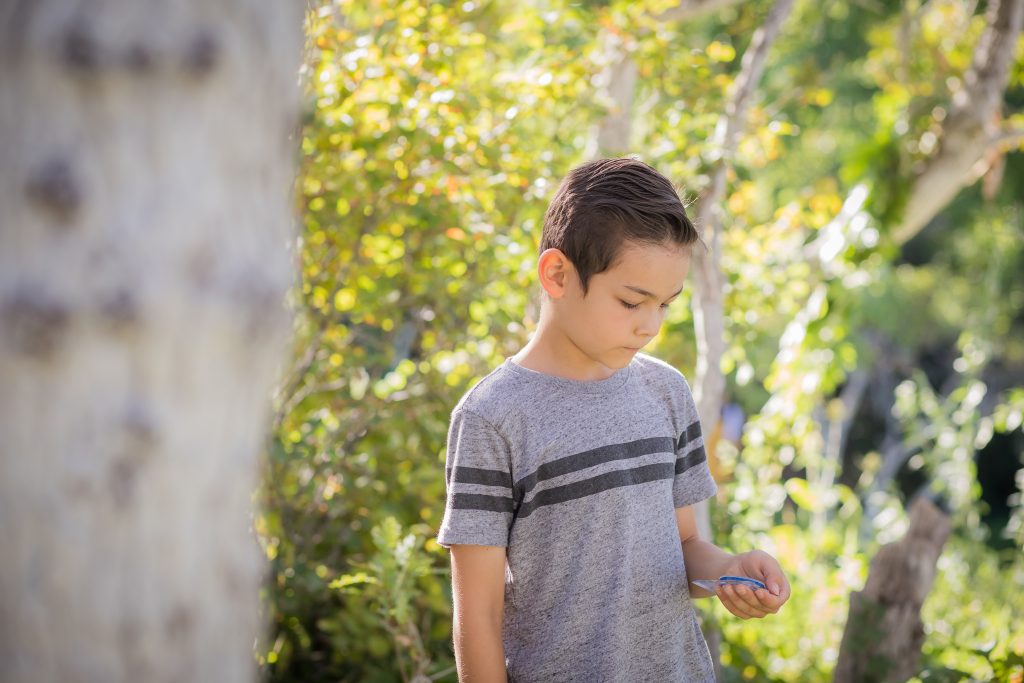
Discovering While Out and About
30. Collect rocks, stones, soil, or sand from places you visit and compare them.
31. Go birding. Learn bird calls for the birds in your area. Bring a bird field guide and binoculars for children who show interest. Visit Become a Birdwatching Family for more ideas.
32. Find north, south, east, and west on a compass. Study where the sun rises and sets and document how this changes throughout the year.
33. Go on an easy local hike in places with different natural features, such as wildflowers, waterfalls, and lakes.
34. Break the bark off a downed tree log or roll it over to observe the insects and possibly amphibians or mammals underneath and inside.
35. Follow animal tracks to see where they go; try to figure out which animals they belong to.
36. Do a nature scavenger hunt. Look for specific items, such as a rock, a leaf, a flower, a pine cone, or a stick; or just have the children fill up an egg carton with 12 things they find interesting!
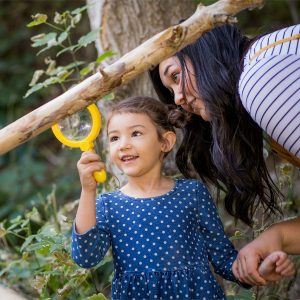
37. Have a flower smell contest. Smell all the flowers you pass by on a walk and judge which has the best smell. It’s okay if everyone has a different favorite!
38. Make a bucket list of places you want to visit near your home. Then start checking off your list!
39. Go fishing, camping, or rock climbing.
40. Visit a lake or river nearby and listen to the water. Bring paint supplies or a pencil and sketchbook if desired.
41. Have family read-aloud time at a favorite picnic spot.
42. Purchase nature history field guides to take with you on your nature adventures.
43. Build a fort out of branches, leaves, and other natural materials. Use it as a fun place to complete school work, read a book, or paint or draw something from nature.
44. Invent your own nature game. You might be amazed at what your children can come up with!
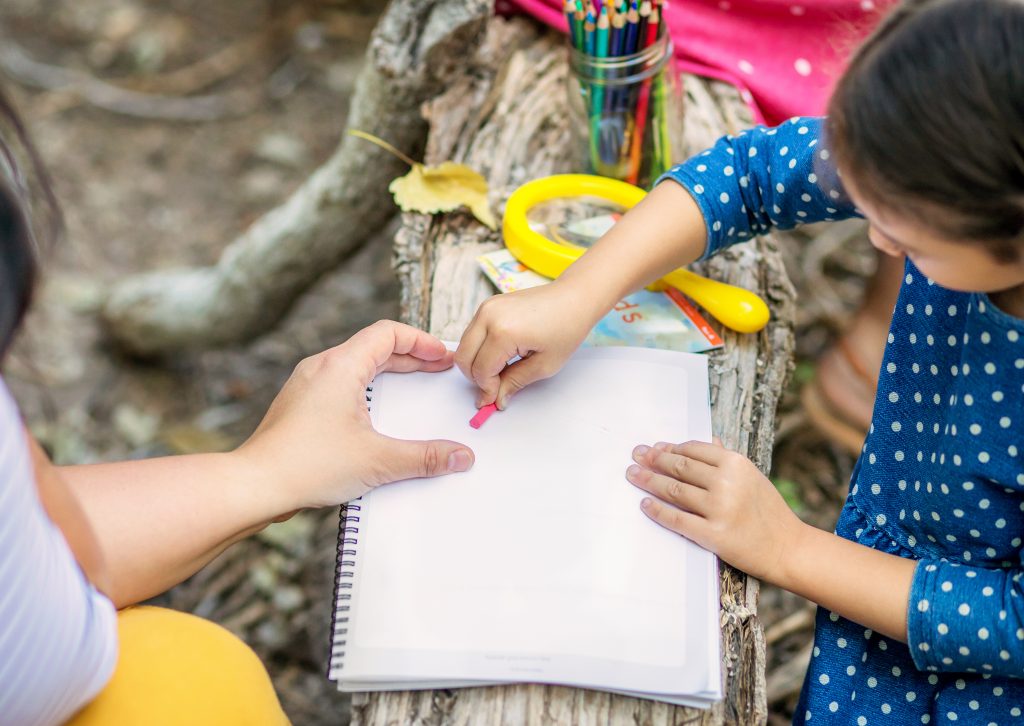
Creating Nature Art Projects
45. Create a rock sculpture.
46. Create nature rubbings using different textures in nature, such as leaves or the bark of a tree.
47. Paint or sketch something you discovered on a nature outing.
48. Make imprints of differently textured natural objects by dipping them in paint and pressing them on paper.
49. Press flowers and make a bookmark.
50. Make your own dye from plants and dye a shirt or use it to paint on paper.

This list is only a small portion of the many things you can do to incorporate more nature into your homeschool. We hope our suggestions inspire you to get outside and enjoy the benefits of connecting with nature and with your children.
You may also like. . .



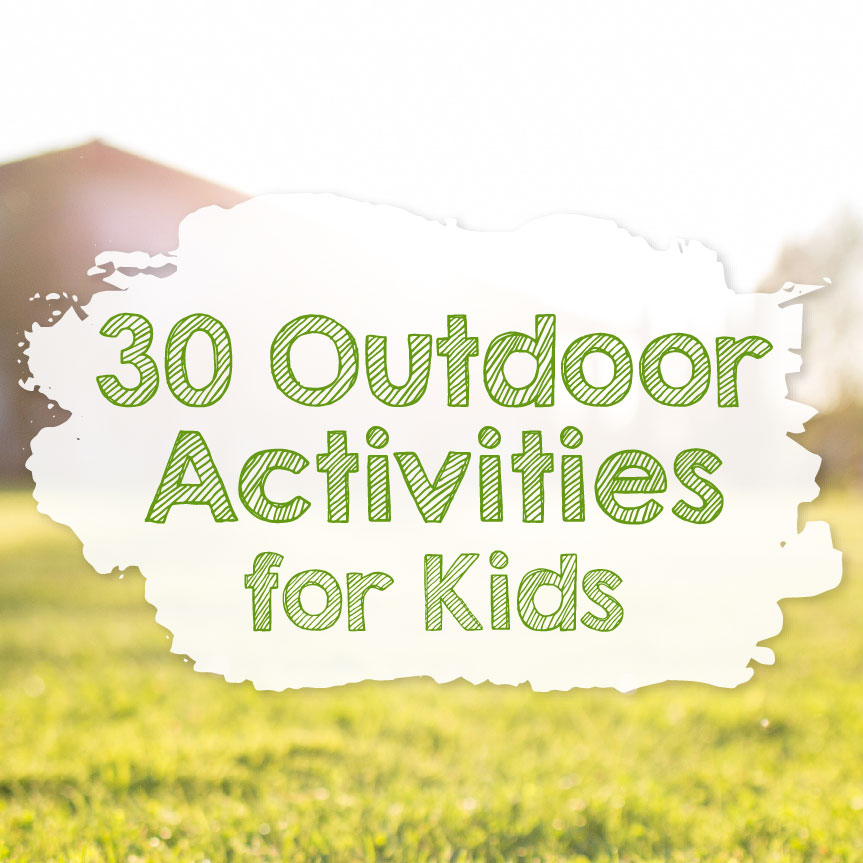


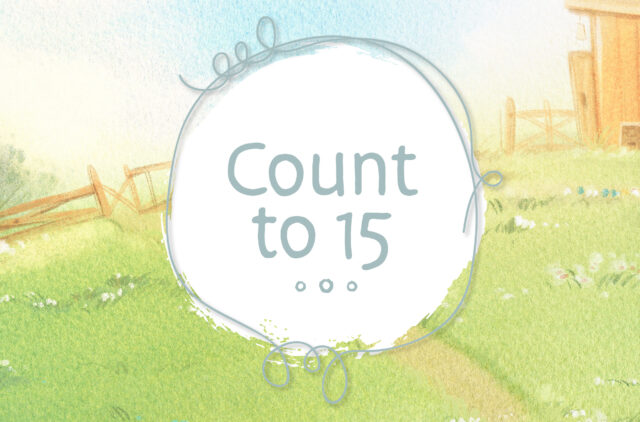






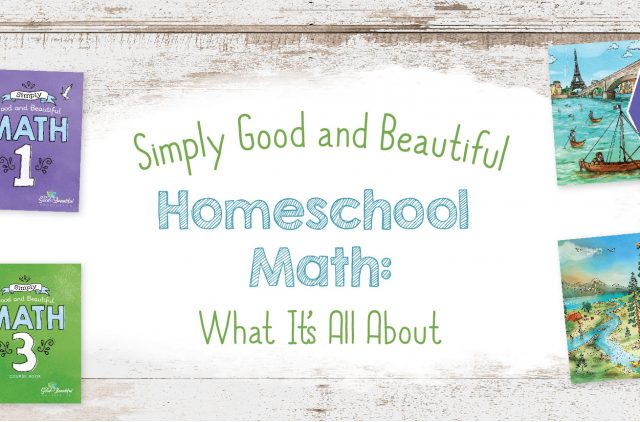
Comments
Thank you for Your Wonderful Ideas!!!!!!
Such a very good source to inspire parents and also teachers.